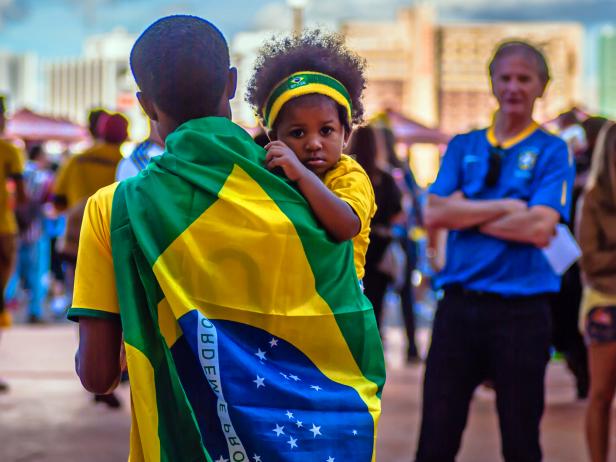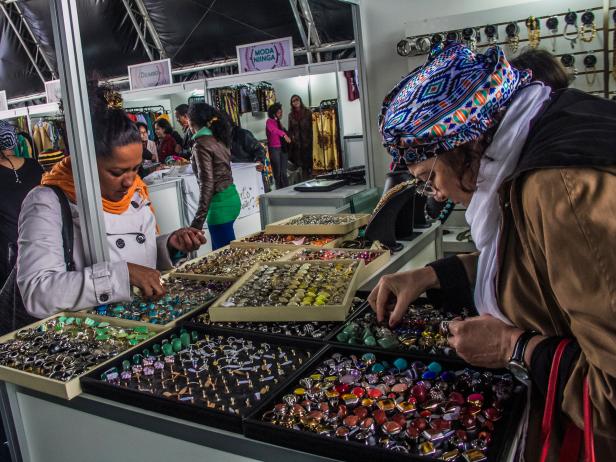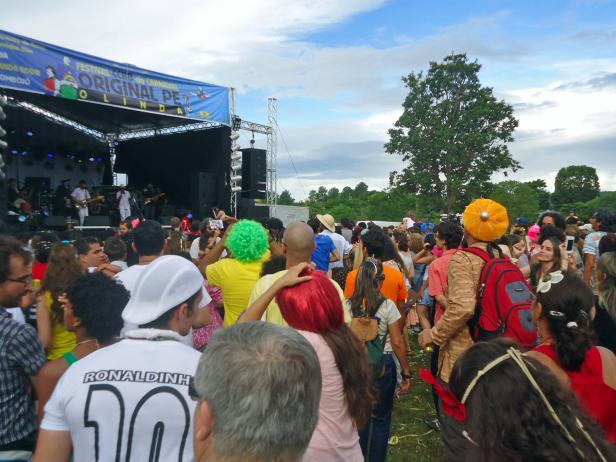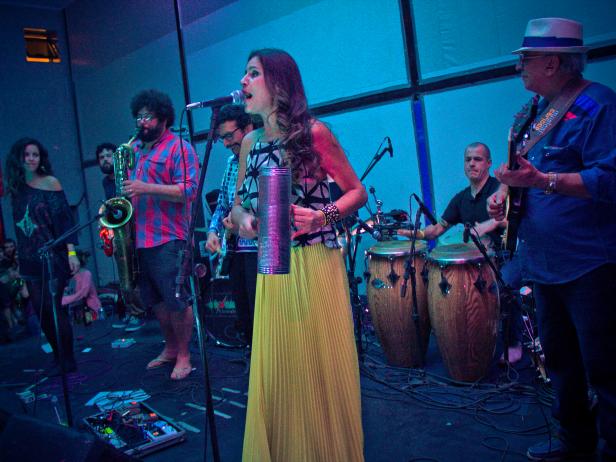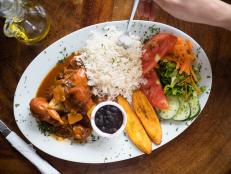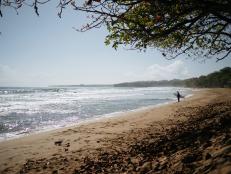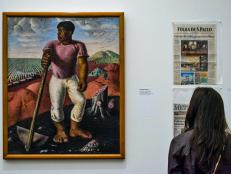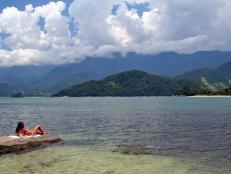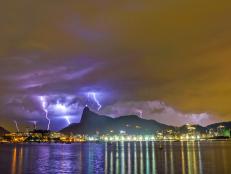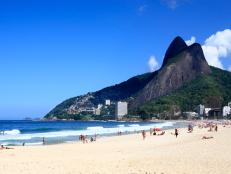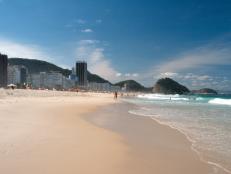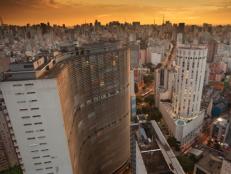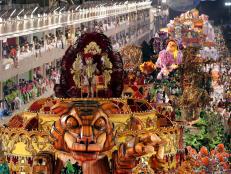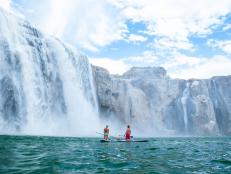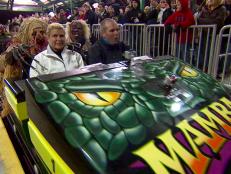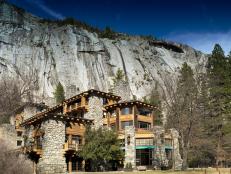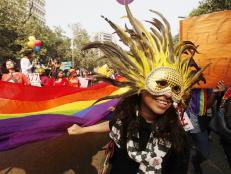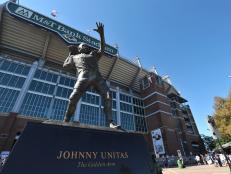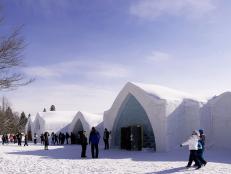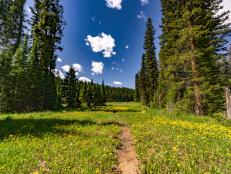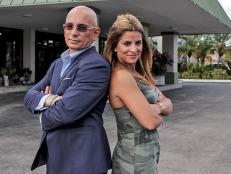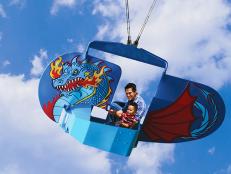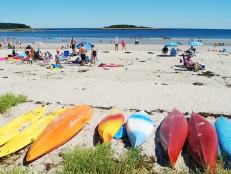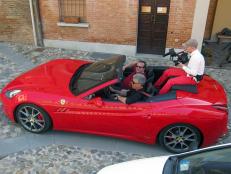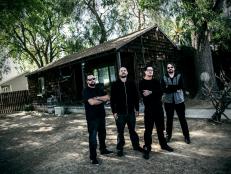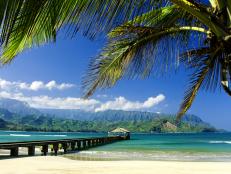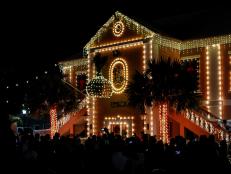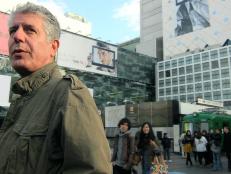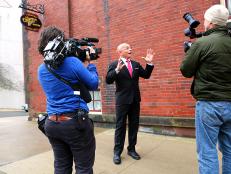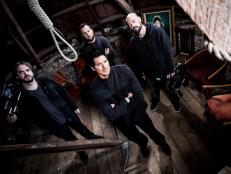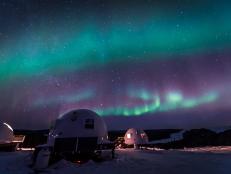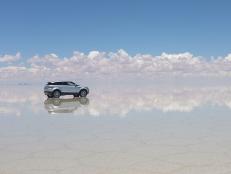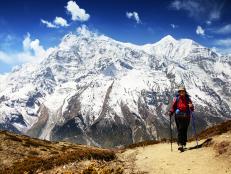This is Why You Should Visit Brasilia
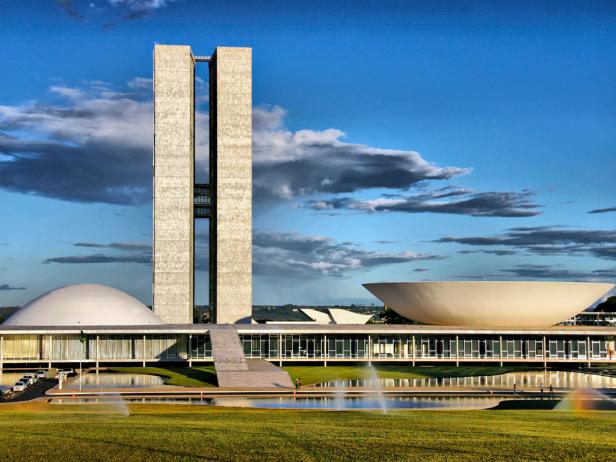
Ruy Barbosa Pinto / Getty Images
Sprawling across the Brazilian savanna, 600 miles inland from the coast, Brasília confounds every person who visits the city. Inaugurated in 1960 and replacing Rio de Janeiro as Brazil’s national capital, the street and building plan of Brasília has been said to resemble a bird or an airplane or a bow-and-arrow. The grand, sweeping concrete plazas and edifices have been interpreted as honoring man’s ingenuity and forward-thinking nature, just as the wide, almost traffic-light-free roadways have been interpreted as honoring the 20th century primacy of the automobile. With all this architectural seriousness, combined with a lack of organic urban spaces—the city was planned from scratch—Brasília has been called boring and soulless by people who often haven’t bothered to look beyond the imposing, monumental structures that make up its bureaucratic heart. In fact, it’s the city’s other heart—the exciting, hard-working, fun-loving, eclectic collective heart of its 2.5 million people—that endears Brasília to the truly open-minded visitor. This is why you should visit Brasília.
The Architecture
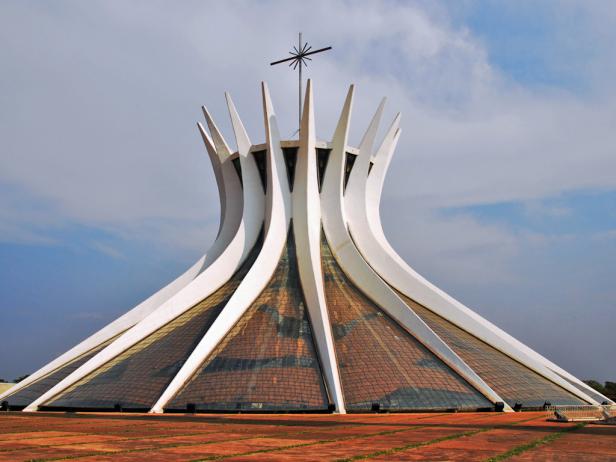
jamesharrison / Getty Images
But first, there is the architecture. Designed by master planner Lucio Costa and one of the world’s first star-chitects, Oscar Niemeyer, Brasília is dominated by white concrete structures straight out of the Space Age. Three Powers Plaza and the striking National Congress building, with its slim twin towers and domed legislative wings, anchor the eastern end of the double-wide Eixo Monumental—Brazil’s answer to Washington, DC’s National Mall—which runs west from the Congress building, bisecting the city into wings and specialized residential, commercial, hotel, and banking sectors. Standing in rows like dominoes along the edges of the Eixo are the pastel-colored ministerial buildings, complemented by the sleek Alvorada Palace, where the president lives when in residence, the glorious Cathedral of Brasília, with its 16 curved pillars reminiscent of Jesus’ crown of thorns, and the eerily tranquil dome of the National Museum, which glows liquid white when floodlights illuminate the building at night. Further to the west is the memorial to late President Juscelino Kubitschek and the latticed TV Tower, which offers broad panoramic views of the city and Lake Paranoá, a manmade reservoir created to add life-sustaining moisture to the very dry air of the savanna. Tours of the main governmental buildings, as well as the Cathedral and National Museum, are free.
The People
What are buildings, however, without people to inhabit them? The city’s original residents were a combination of bureaucrats and their families from Rio, businesspeople (and their families) from São Paulo and other state capitals, and construction workers and their families from the country’s impoverished north and northeast—essentially a microcosm of Brazil. This first generation gave way to a beautifully varied crop of native-born denizens who still celebrate regional traditions and customs that have melded into a particularly rich local stew, giving parties and nightclub events in Brasília a wonderfully diverse flavor, especially with foreign diplomats and consulate employees from around the world thrown into the mix.
With high-paying government jobs being a staple of the city’s economy, shops, restaurants, and leisure activities can all have an elevated price-tag, despite many of them having a welcoming, casual quality about them. Shopping in Brasília can be expensive, but also fun, as people-watching in the air conditioned malls is one way of keeping cool in the city’s heat. The Conjunto Nacional is Brasília’s oldest mall, located at the heart of the Eixo Monumental and raucously enjoyable. Brasília Shopping, near the TV Tower, is an architectural marvel in itself. Shopping Iguatemi, at the far end of the North Wing, is home to Gucci, Louis, and Tiffany.
The Music
There is also the music. Part of the agreement that the local government made with the first Federal employees who moved from cosmopolitan Rio to this empty no-man’s land in the 1960s was to provide some semblance of a cultural life in the new capital. That commitment continues over fifty years later, as homegrown music stars as well as international acts frequently pass through Brasília when touring the country, and, often, their shows are free of charge, or at a drastically reduced cost compared with prices for their performances in Rio or São Paulo. Concerts by artists such as Rihanna and Justin Bieber are often put on at the Eixo Monumental, while more intimate performances go on stage at the Centro Cultural Banco do Brasil (CCBB) Distrito Federal, out near the iconic arches of the Juscelino Kubitschek Bridge, which features musical and theater presentations, visual art and photography installations, and other cultural events.
At night, of course, even the hard-working brasilienses (natives of Brasília) like the party, and the options range from live samba and rump-shaking Brazilian sounds—along with a slamming smorgasbord of Brazilian edibles—at Calaf to salsa, merengue, and zouk at Caribeño to Villa Mix, with its cross-over of Brazilian pop and very popular sertanejo (country) music. The LGBT crowd can get its kicks at Oficina, where the gogo boys and the libations are strong. No matter where you party, you’re sure to make enough friends for a return trip.
